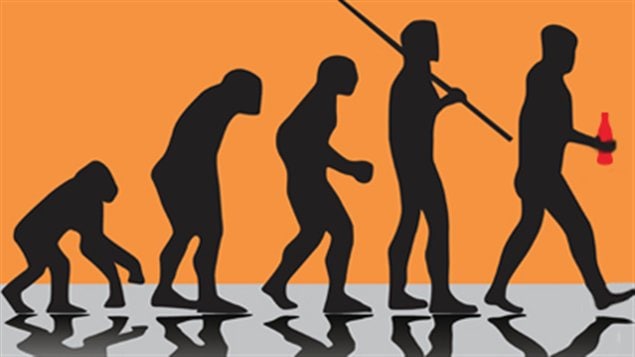You can’t really understand consumer behaviour without recognizing the biological forces that drive it, says marketing Professor Gad Saad of Concordia University in Montreal in a recently-published article. Evolution has hard-wired humans to be drawn to products that meet needs that are universal and have been with us through the ages.
Reproduction is a key factor that drives human consumption. For men it might mean trying to make themselves more sexually attractive by driving a flashy sports car. For women it might mean buying cosmetic products and clothing to enhance their ability to attract a man.
Survival is another major driver of consumption. Through human evolution there have been lean times and those who had a taste for fatty foods and ate them were more likely to survive. We are descended from them and have retained that taste for fat. Restaurants that offer foods that satisfy that taste do well.
Kin selection is a third important driver of consumption according to Saad’s analysis. We are likely to give bigger gifts to those who are most closely related to us. We would give a brother a bigger wedding gift than we would a cousin. That is obvious.
Less obvious is the finding in one study that maternal grandparents give more cash for wedding presents than do paternal grandparents. Saad attributes that to genetic uncertainty and the fact that paternity is uncertain. So to ensure that genes are passed on it is wiser to foster offspring we know for sure will carry and pass on our own genes.

Soap operas often have a character who is cheating on her mate and that is an example Saad gives to illustrate our preoccupation with the issue of kin selection.
Reciprocal altruism is another evolutionary imperative which Saad says informs human consumption. It is what makes us give gifts to friends and reciprocate when we have received gifts from them.
Studying literature, songs, lyrics and other cultural artifacts gives researchers insight into the evolution of the human mind, says Saad.
Universal vs. local drivers of consumption
Some drivers of consumption appear to be universal, he says, and others vary locally. Strong heroes who are tall, well-built, with strong jaws and strong characters are universally prized by women and feature in movies and books around the world.
One company tried to break the stereotype and created a male protagonist who was sensitive and sometimes cried and that product was a failure, he notes.
People who have symmetrical faces are popular around the world and are universally successful endorsers of commercial products.
Colour is different. Green could mean fertility in one culture or disease in another.
“Navigating these cross-cultural similarities versus cross-cultural differences becomes much easier if you understand evolution psychology,” Saad concludes.







For reasons beyond our control, and for an undetermined period of time, our comment section is now closed. However, our social networks remain open to your contributions.